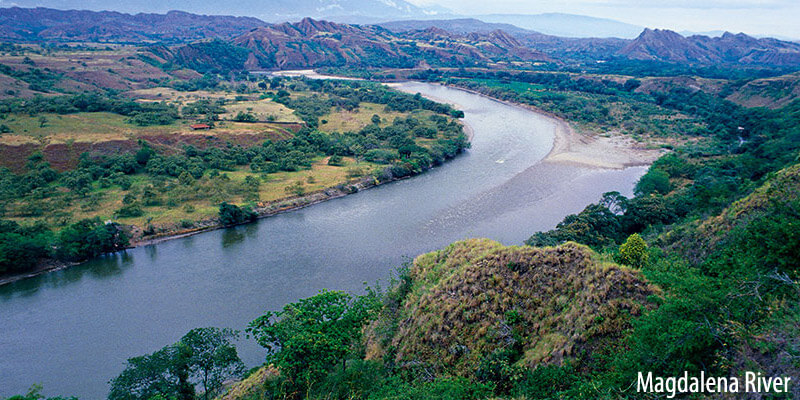
Rivers of South America
Posted By KathleenThe continent of South America is located on the planet’s southern hemisphere. It is marked by a variety of geographical features, including a number of rivers. Discussed below is the interesting information and facts about some of the major rivers of South America.
Amazon
The Amazon is the second longest river on the planet and the longest of the rivers of South America with a length of 6,437 kilometers. Its source lies at the Andes while its course covers seven countries of the continent.
The river finally joins the Atlantic Ocean where its long journey comes to an end. In terms of the average water discharge, the Amazon ranks as the largest river in the world.
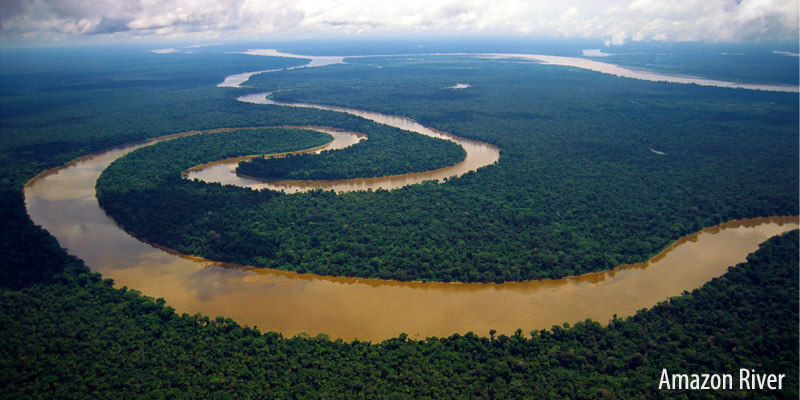
More facts about the gigantic Amazon River are given below.
- During its journey, the river crosses international borders between seven countries including Brazil, Ecuador, Bolivia, Peru, Guyana, Venezuela and Colombia.
- The width of river reaches up to 190 kilometers during the wet season.
- Manaus is the largest city located at the banks of the Amazon River. It is a Brazilian city which sustains a population of more than 1.7 million.
- Most of the Amazon runs through rainforests of the continent. Owing to this reason, no bridges have been built over the river as it is not required to be crossed through the forest region.
- The river houses a huge variety of fish species, which are more than 3,000 in number. More and more species are still being discovered.
- The area covered by the Amazon basin is enormous – 7,050,000 square kilometers. This region houses deadly anacondas.
- On average, the huge Amazon River discharges 209,000 cubic meters of water per second.
Sao Francisco River
Rio Sao Francisco is an enormous river flowing through the eastern region of the continent. It emerges from the Canastra Mountain in Minas Gerais, a Brazilian State. With a length of 2,914 kilometers, the river ranks as South America’s fourth longest waterway. The entire course of the river flows through only one country – Brazil. It then meets the end of its journey in the Atlantic Ocean.
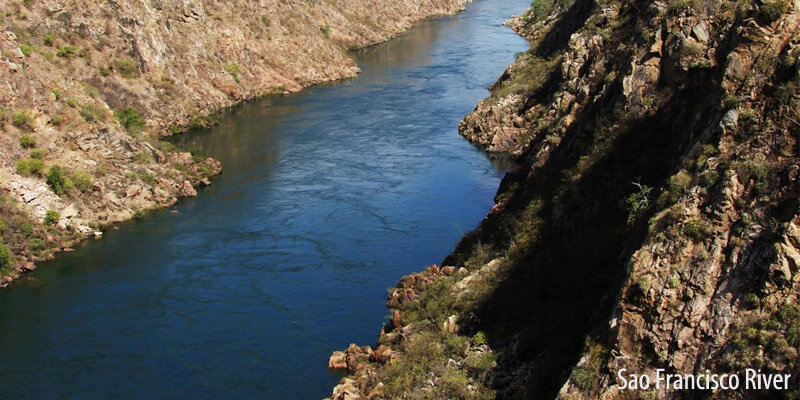
Here are some informative facts about Sao Francisco.
- The river’s basin area is 641,000 square kilometers.
- Its average discharge is 2,943 cubic meters.
- The Brazilians call Sao Francisco the River of National Integration. It helps in uniting different regions and climes of the country.
- Before colonization, the river was named as Opara. Today, it is called Velho Chico which means Old Frank.
- The river is immensely important for the semi-arid region of Brazil. It also represents the country’s history.
- The discovery of the river took place in 1501 by European explorers.
Madeira River
One of South America’s major waterways, the Madeira River forms the biggest tributary of the great Amazon River. It runs 3,380 kilometers long and passes through two countries, i.e. Bolivia and Brazil. The average discharge of the river amounts to 24,397 cubic meters per second.
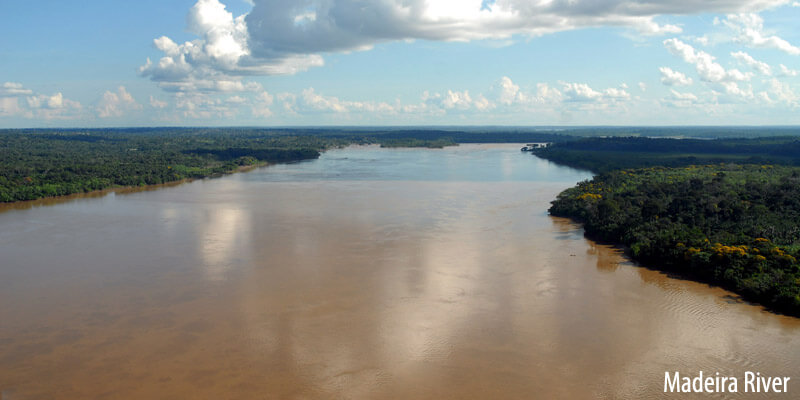
More information about the Madeira River is provided in the following facts.
- This enormous South American waterway forms when two rivers – Mamore and Beni – meet at the border between Bolivia and Brazil.
- The river’s distributaries form an extremely marshy region at its mouth. This region is known as IlhaTupinambaranas.
- The primary headwaters of the Madeira River are in the Andes.
- The government approved a project involving the construction of two hydroelectric dams in 2007.
Magdalena River
Magdalena is the main river of Colombia. It emerges from La Magdalena Lagoon and carries out a long journey covering a distance of 1,528 kilometers. At the end of its course, the Magdalena River empties into the Caribbean Sea.

Following are some interesting and informative facts about the river.
- The river was discovered in 1501 by a Spanish explorer.
- The Magdalena basin is enormous and covers an area of 257,438 square kilometers.
- The river’s basin area houses a huge number of fish species which was estimated to be over 200 in 2008. Even more species have been discovered recently in 2013 and 2014.
- A variety of ecosystems are found along the course of the Madeira River, including swamps, dry forests, wetlands and rainforests.
- The major crop grown along the upper course of Magdalena is coffee.
- The river has been serving as a travel route towards the present-day Colombia and Ecuador since the pre-Columbian times.
Rio Negro
The Negro River is the largest of the left tributaries of the great Amazon. In terms of average discharge, Rio Negro has made it to the list of the top ten largest rivers on the planet. Emerging from the highlands of Columbia, the river passes through Brazil, Venezuela and Columbia and covers 2,250 kilometers of distance.
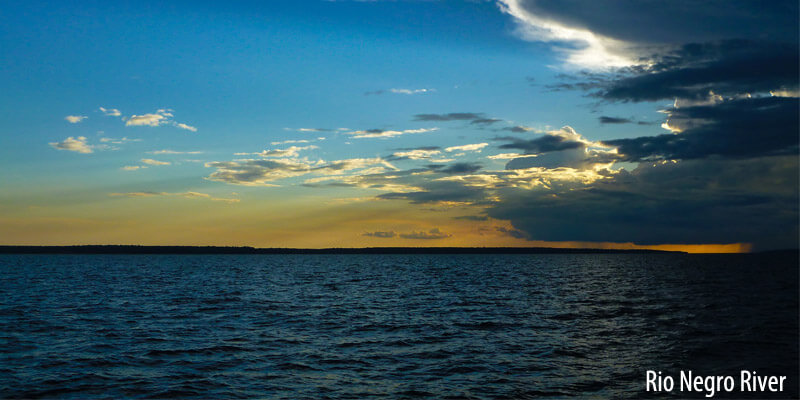
Find out more information about Rio Negro in the following facts.
- It was discovered in 1638 by a Portuguese explorer.
- The river’s average discharge is 28,000 cubic meters per second.
- The basin area of Rio Negro spans across a region of 691,000 square kilometers.
- The river contains a huge variety of fish species, estimated to be between 800 and 900 in number.
- Rio Negro consists of several secondary channels while a number of islands are found across its course.
- The color of the river’s water is jet-black owing to the decomposing organic matter found in marginal swamps.
Paraguay River
The Paraguay River flows through the south central region of South America. Its headwaters are located in Mato Grasso in Brazil. From there, the river flows across four countries of the continent – Paraguay, Brazil, Bolivia and Argentina. The river’s mouth lies at the Parana River after completing a journey of 2,621 kilometers.
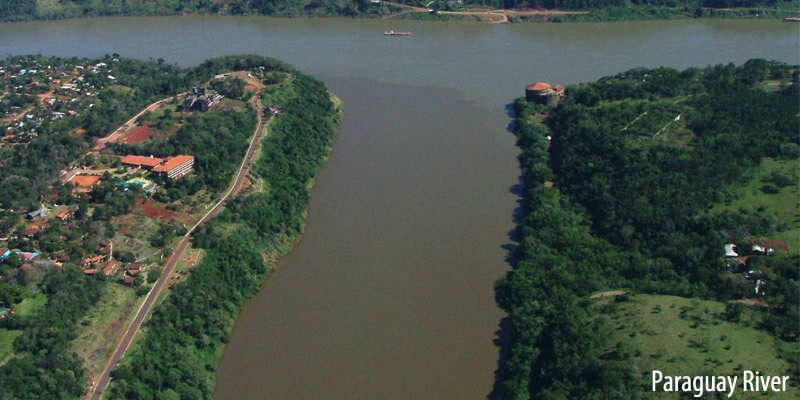
The following facts reveal more information about the Paraguay River.
- It is the fifth longest river running through South America.
- The Paraguay River forms the major tributary of the Parana River where the two water bodies meet near the border of Argentina.
- The river’s basin area covers 365,592 square kilometers, but is not densely populated.
- The Paraguay River offers the potential to serve the purpose of hydroelectric power generation. However, this potential has yet to be utilized by the government through the construction of dams.
- The water of the river is used for irrigation for crops located along its route.
- The banks of the river are home to a number of poor fishermen who make their earnings through fishing in the river.
Parana River
The Parana River flows through the south central region of South America. With a length of 4,880 kilometers, the river ranks as the second longest river of the continent. It emerges from Paranaiba River in Minas Gerais, Brazil and meets its fate at the Atlantic Ocean near Argentina. During its course, it traverses five South American countries.
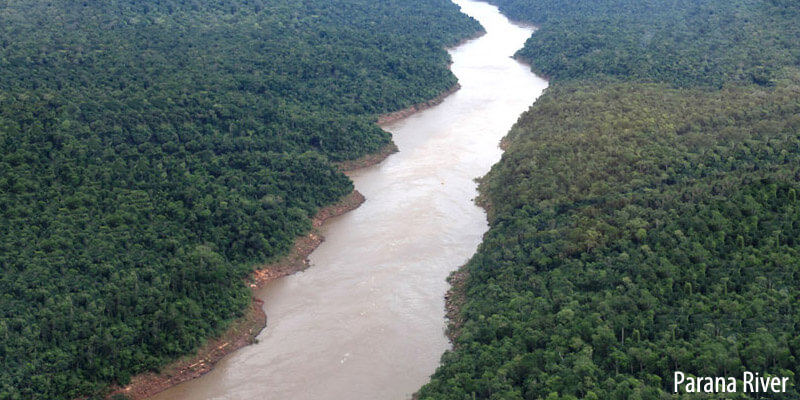
Here are some more informative facts about the Parana River.
- The river’s name is an abbreviation which stands for the phrase: para reheonava. It means “resembling the sea” in the Tupi language.
- It is the world’s fourteenth longest river.
- It combines with the Paraguay River and then the Uruguay River downstream, forming the Rio de la Plata.
- The river forms the continent’s second largest drainage system with a basin area covering 2,582,672 square kilometers.
- The Parana Delta houses a large number of bird species. In fact, it is one of the greatest bird-watching points in the world.
These were some of the greatest and most important rivers of South America. The continent contains several more of such water bodies which have the potential for the generation of hydroelectric power apart from offering other resources, such as irrigation water and fish.
South America Continent - Latest Articles

Major Sports in South America
Posted By MariaSouth America is an immensely vibrant and diverse continent. The diversity is not only...
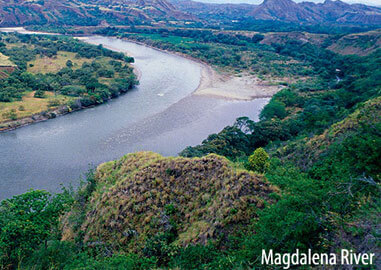
Rivers of South America
Posted By KathleenThe continent of South America is located on the planet's southern hemisphere. It is marked...
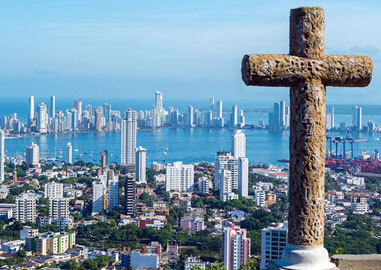
Largest Countries in South America by Area
Posted By JohnThe fourth largest of the earth's seven continents - South America - occupies an area of...
